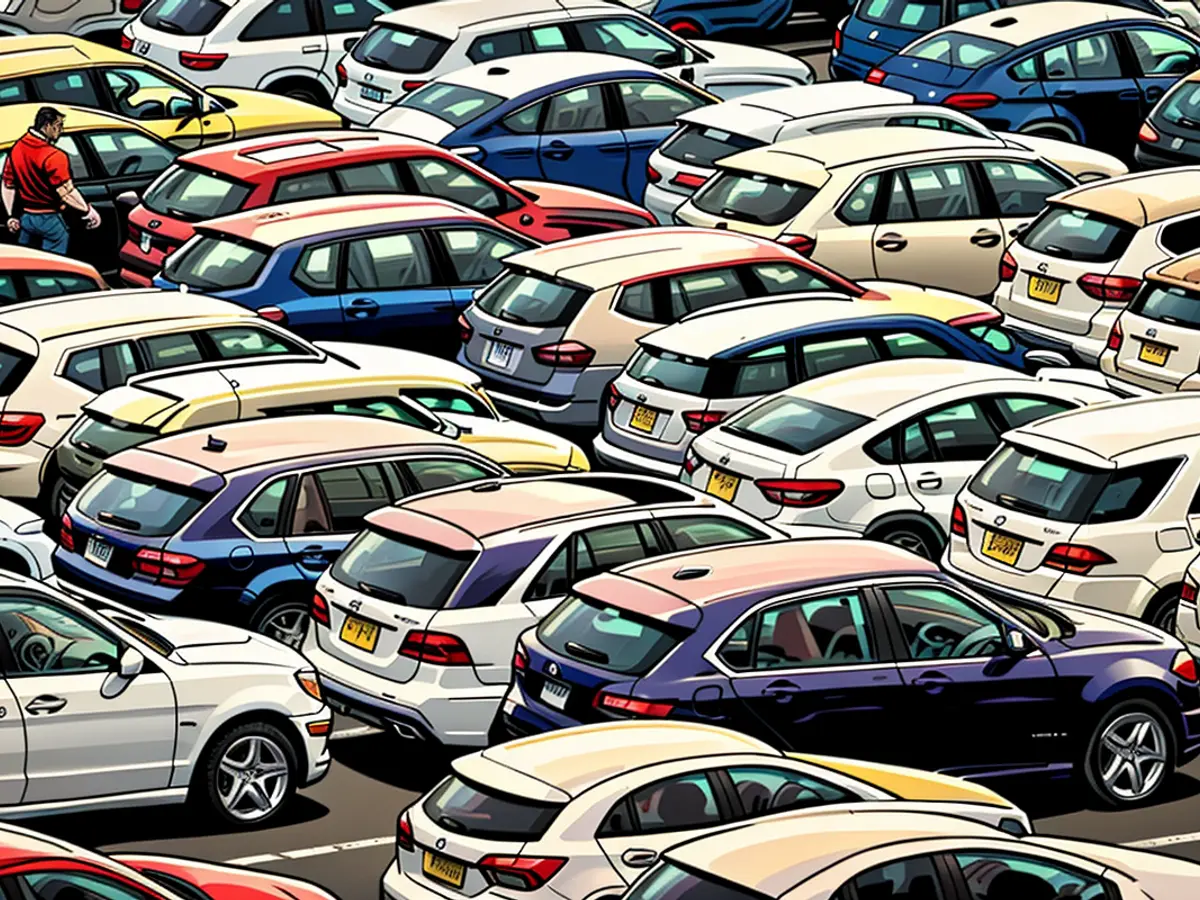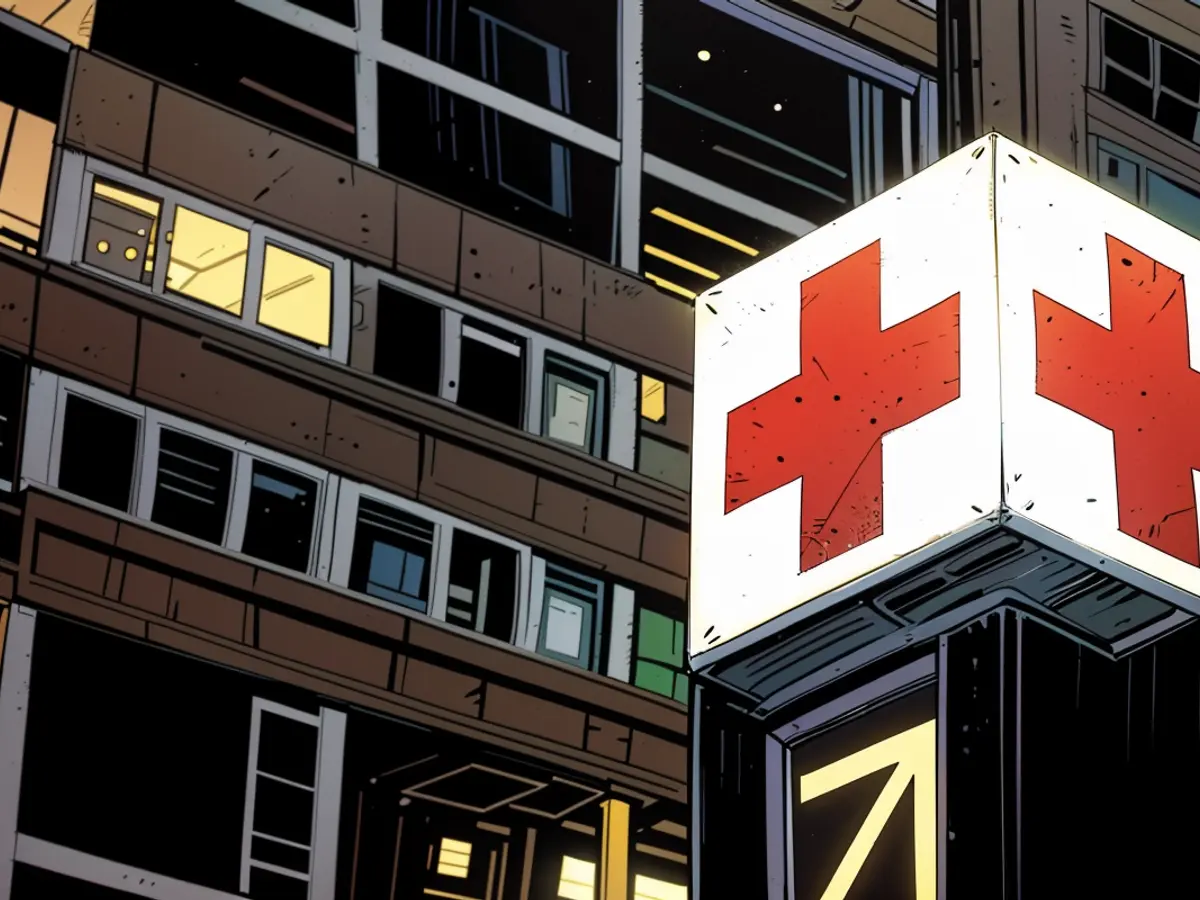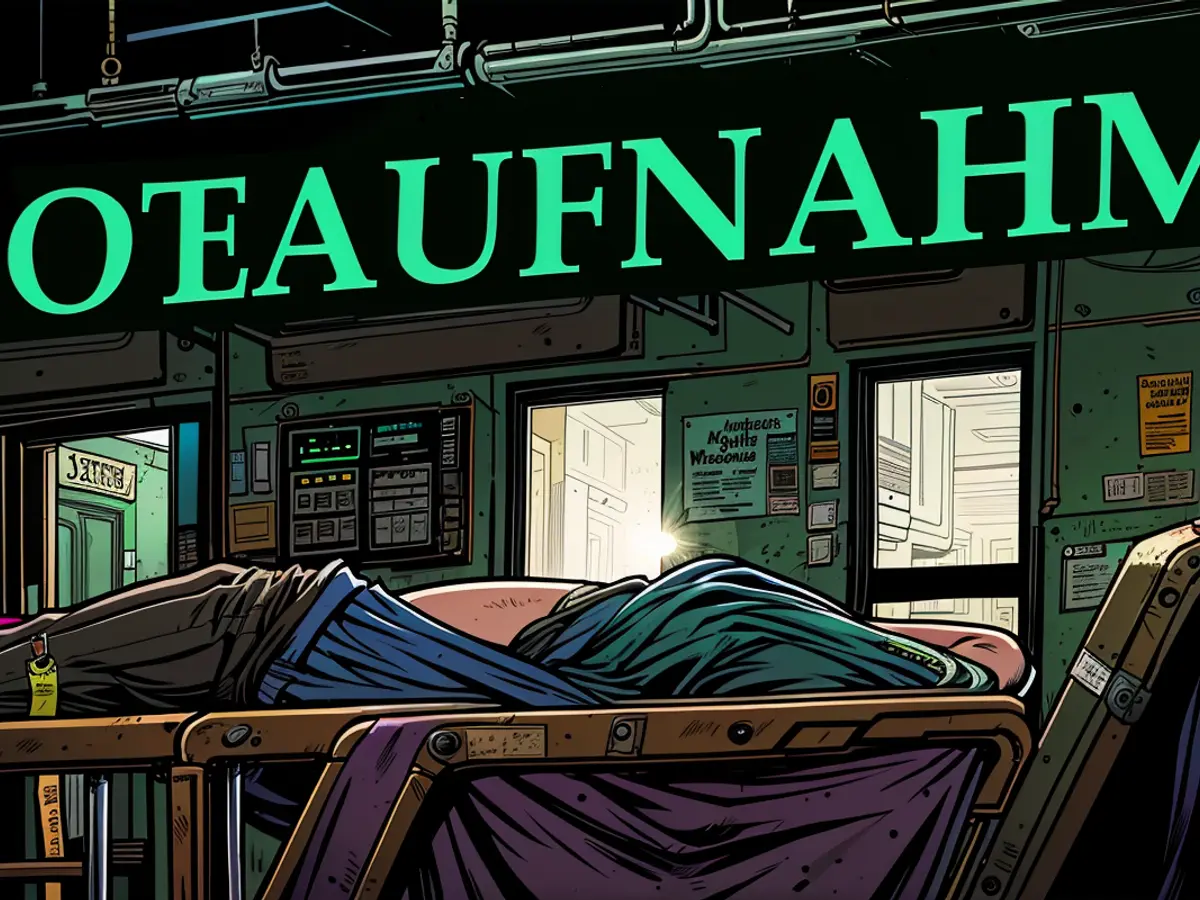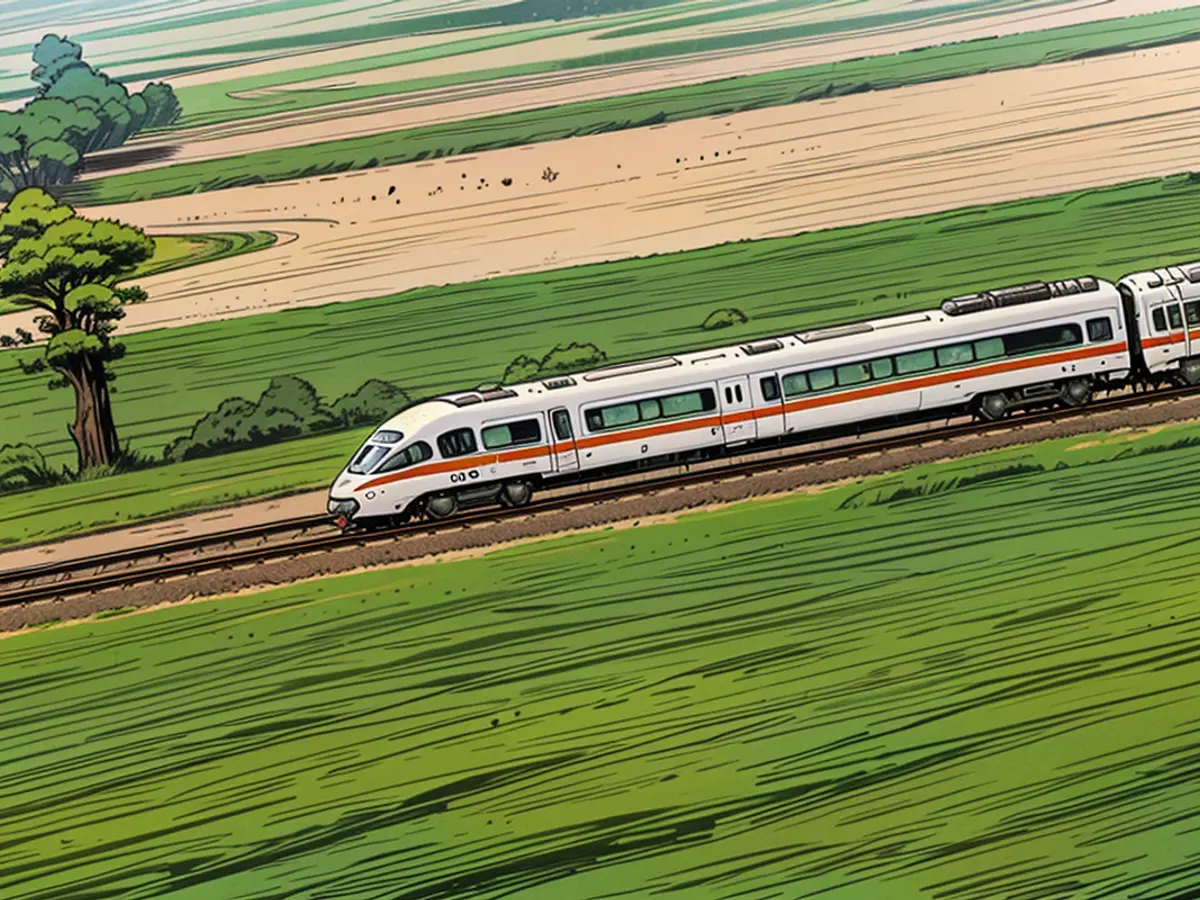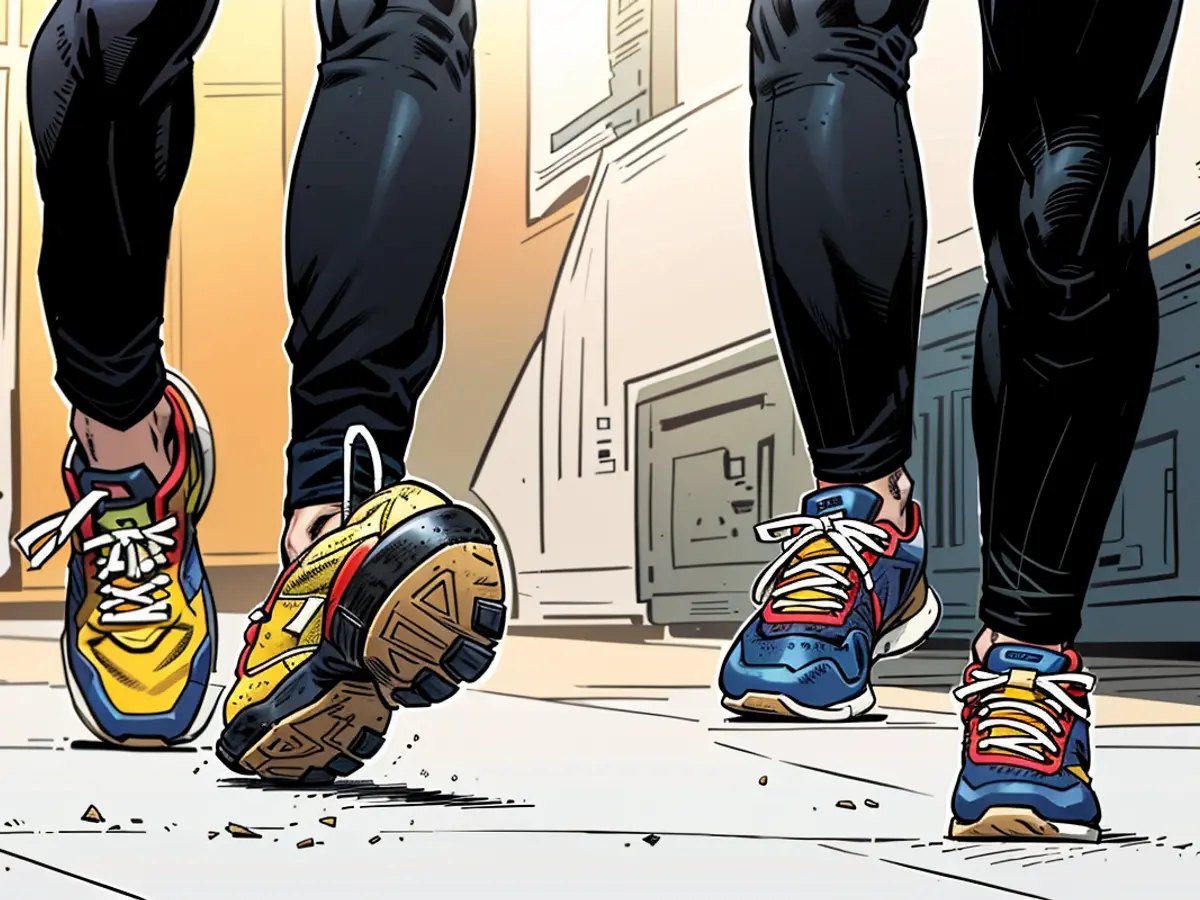Automotive vehicle - Increased market share for the compact class brings new life.
A change is occurring in the German auto market. After several years of decreasing sales, the compact class is witnessing a comeback. The segment's market share this year is 19.6%, an increase of 3.3 percentage points compared to the overall year of 2023 and 3.7 percentage points higher than its low point in 2022. These figures were derived from data provided by the Federal Motor Transport Authority (KBA) and analyzed by the dpa.
Simultaneously, SUVs are struggling. Since 2019, the SUVs had been slowly gaining market share, even displacing the compact class as the most popular auto segment in Germany. However, they have now fallen by 1.4 percentage points. While they still have a significant lead, it's possible that by 2022, they would have held double the market share of the compact class.
The supply of compact cars has been reduced
"The development is primarily owing to the supply of these vehicles," contends Thomas Peckruhn, Vice President of the German Automotive Trade Association (ZDK). "The demand for these vehicles is high. We simply didn't have enough of them. That's changed now."
According to Frank Schwope, automotive industry expert who teaches at the Mittelstand University in Cologne and Hanover, the compact class has been lagging far behind its potential for several years. "We experienced very weak sales figures due to the first Corona virus pandemic, followed by semiconductor shortages."
Manufacturers, including VW, apparently prioritized the use of limited available semiconductors in their pricier models, causing a reduction in production for small and compact cars. Now that parts are more readily available, there's a "catch-up demand" for these cars. The manufacturers intend to meet this demand while enduring overall weak demand to keep their factories running. The supply theory is further supported by the numbers supplied by the KBA - there are currently 32 models in the compact segment, while there were over 100 SUVs. In 2014, there were about the same number of models in each category.
The current economic situation favors compact cars
In addition, Schwope suggests that the present tenuous economic situation is making compact cars more attractive. "Customers are keeping their money." And they're opting for more affordable compact vehicles instead of expensive SUVs. The result? "People are now driving a Golf rather than a Tiguan."
Another possible rational factor behind the current shift toward compact cars is the weakness of electric cars. Compact cars are affected much less by electric cars than, for example, SUVs, where electric cars hold a much greater share of the market.
Is the SUV trend coming to an end?
In light of the ongoing discussions regarding ending combustion engines in Europe by 2035, there's a lot of uncertainty among consumers. "Many were waiting to see how electromobility would develop," says Schwope. "Now, they're buying a new Golf."
Schwope doesn't believe that there will be a return to compacts as the dominant trend. "This is just a temporary development, the final step for the compact class." The trend towards SUVs will persist. "It will continue." Stefan Bratzel of the Center of Automotive Management (CAM) in Bergisch Gladbach agrees, believing that the trend toward SUVs will eventually find its limit. "I don't think we'll see 70% SUVs anytime soon." The percentage of SUVs will not decrease significantly either. "It won't reverse."
At least partially, this recent revival of the compact car market may be attributed to the return of the Golf. In the first five months of 2024, the model's market share is considerably higher than in the previous year, hovering around 4.5%. This growth accounts for approximately half of the entire compact car market. However, this increase solely because of the Golf would only explain about one-third of the total growth, meaning the rest of the credit is shared by other factors. And it's a far cry from the Golf's peak popularity, which saw Volkswagen sell over 380,000 of these vehicles in Germany alone. If we extrapolate the current numbers to the entire year, it would still account for just over half of that figure.
(==Summary ==) In the German auto market, a resurgence in compact car sales can be observed. This increase in popularity is due to the supply of these vehicles, as well as the current economic climate that encourages customers to opt for cheaper options. While the Golf may have played a role in boosting sales within the compact car segment, it's not likely that the trend towards SUVs is nearing its end: analysts predict that the compact class will merely represent an interim step.
